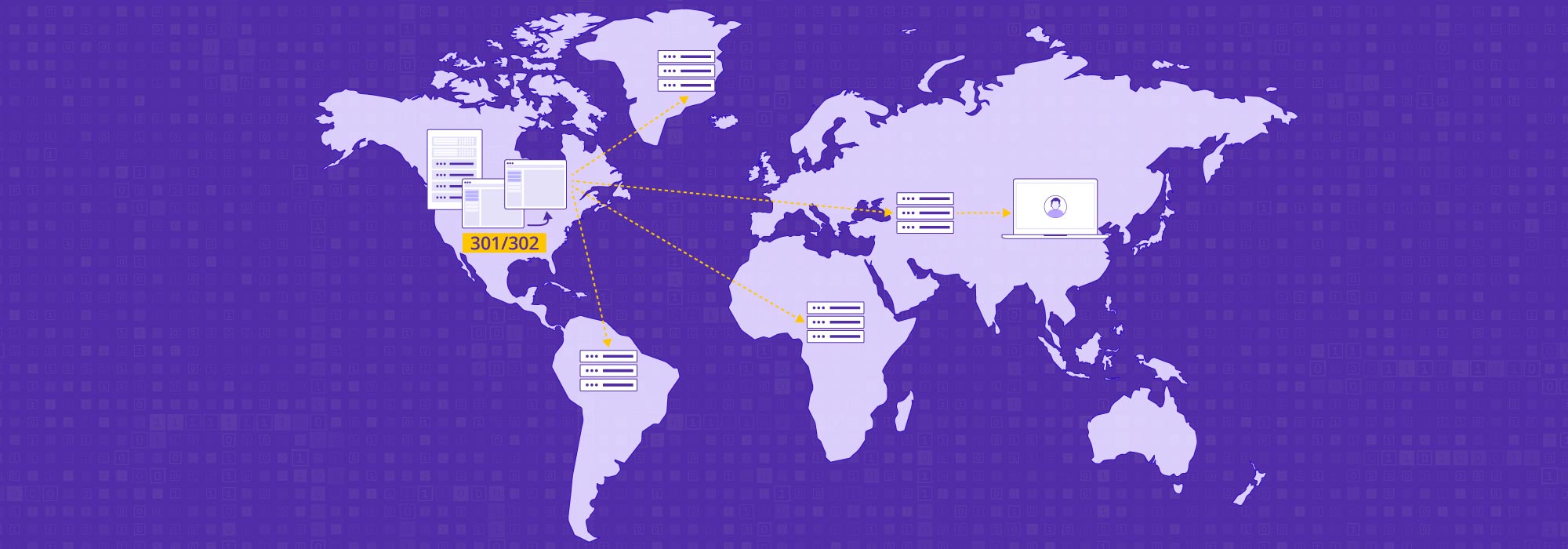DDoS attacks are launched using a network of machines that operate together under the perpetrators’ commands. These compromised devices form a botnet, which sends a flood of malicious traffic to the target resource.
The machines could include laptops, smart phones, PCs, servers, or Internet of Things (IoT) devices and be distributed across considerable distances. A botnet could contain thousands or even millions of such devices, all of which are remotely controlled. Attackers are likely to have compromised the devices themselves by taking advantage of security vulnerabilities and injecting them with malware without the knowledge of the devices’ owners.
One of the largest and more high-profile DDoS attacks was the 2016 Dyn attack that brought down much of America’s internet service and crippled sites like Twitter, the Guardian, and Netflix. This attack used malware known as Mirai using a botnet of IoT devices, including cameras, televisions, printers and even baby monitors.
How Does a DDoS Attack Happen?
The process of launching a DDoS attack goes something like this: First, the cyber attacker takes control of devices by infecting them with malware. Once a botnet has been created, specific instructions are sent remotely to each bot to carry out an attack. If the target is a network or web server, each bot sends requests to the server’s IP address.
Since each bot is a legitimate device on the internet, the traffic from the bot looks normal and therefore hard to separate from legitimate traffic to the server.
Read more: What is a DDoS Attack?
How Long Does a DDoS Attack Last?
The duration of a DDoS attack can vary significantly depending on various factors. A DDoS attack may last from just a few minutes to several days. The length of the attack often depends on the attacker’s objectives and the target’s resilience. For instance, the attack may be brief if an attacker aims to disrupt a service temporarily. However, if their goal is to cause extended downtime or extract concessions from the target, the attack could persist for longer.
Once initiated, the attack continues until the target’s defensive measures take effect or the attacker decides to cease the assault. In cases where the target has strong cybersecurity defenses, such as DDoS mitigation services, the attack might be neutralized quickly, often within a few minutes. On the other hand, if the target is poorly protected, the attack could overwhelm the system for longer, causing significant disruption and damage. The persistence and sophistication of the attacker also play a crucial role in determining the duration of the attack.
How to Mitigate the Effects of a DDoS Attack
Mitigating the effects of a DDoS (Distributed Denial of Service) attack involves implementing strategies to prevent, detect, and respond effectively to the influx of malicious traffic aimed at overwhelming network resources. Given the complexity and variety of DDoS attack vectors, a multi-layered approach is crucial for maintaining the resilience and availability of services. Here are several strategies to help mitigate the effects of DDoS attacks:
1. Early Detection Systems
Implementing early detection systems is key to identifying potential DDoS attacks before they can cause significant damage. These systems monitor network traffic for unusual activity, such as spikes in traffic at unusual times or from unexpected locations. Organizations can react swiftly to mitigate the attack by detecting these anomalies early.
2. Robust Network Infrastructure
Designing a robust network infrastructure with redundancy can help absorb the impact of increased traffic during a DDoS attack. This includes having multiple network paths and servers that can share the load when one path or server is compromised. Employing load balancers can also distribute traffic evenly among servers, reducing the chance of any single point of failure.
3. Bandwidth Oversubscription
Securing excess bandwidth can provide a cushion during an attack, allowing a network to handle sudden and massive increases in traffic without crashing. While this method might not stop an attack, it gives organizations more time to react and manage the traffic spike more effectively.
4. Rate Limiting
Rate limiting controls the amount of traffic a server accepts over a specified period. By setting thresholds for traffic, servers can prevent overload by temporarily blocking or limiting requests from IP addresses that send an excessive number of requests, which is a common characteristic in DDoS attacks.
5. Content Delivery Network (CDN)
Using a Content Delivery Network (CDN) can enhance the ability to mitigate DDoS attacks by distributing website content across various geographically dispersed servers. This not only speeds up content delivery to users but also disperses the load of an attack, making it harder for the attackers to target a single server.
6. Cloud-Based DDoS Protection Services
Cloud-based DDoS protection services can offer scalable defenses against large-scale DDoS attacks. These services typically have vast amounts of bandwidth and distributed assets to absorb and mitigate the high volume of traffic associated with DDoS attacks.
7. Regular Security Audits and Updates
Regularly conducting security audits and keeping all systems updated are crucial for defending against DDoS attacks. This includes patching known vulnerabilities, updating security policies, and ensuring that all network devices are protected against the latest threats.
8. Incident Response Plan
Having a well-defined incident response plan specifically for DDoS attacks ensures that all team members know their roles and responsibilities during an attack. The plan should include procedures for communicating with stakeholders, including notifying customers of potential service disruptions.
Implementing these strategies will help mitigate the effects of a DDoS attack and enhance overall network security and resilience against various forms of cyber threats.
How Can CDNetworks Help Against DDoS Attacks?
CDNetworks provides robust protection against DDoS attacks through its global content delivery network (CDN), which spreads website content across multiple servers worldwide. This distribution not only accelerates content delivery but also disperses traffic, making it more challenging for attackers to disrupt service with focused attacks. Additionally, CDNetworks offers scalable bandwidth that adapts dynamically to traffic spikes, effectively mitigating the impact of malicious requests while maintaining the flow of legitimate traffic. Advanced security features such as rate limiting, IP blocking and deep packet inspection enhance this protection by scrutinizing incoming traffic for potential threats.
Continuous monitoring and support are pivotal in CDNetworks’ strategy, ensuring that any unusual activity is quickly detected and addressed. This constant vigilance helps to minimize both the impact and duration of DDoS attacks. Furthermore, CDNetworks tailors its security solutions to meet the specific needs of each organization, ensuring that defenses are precisely aligned with individual vulnerabilities and requirements.
CDNetworks’ infrastructure is designed for resilience, with robust components and redundant systems that maintain service continuity even when parts of the network are under attack. By integrating these comprehensive security measures, CDNetworks not only secures organizations against DDoS threats but also enhances overall operational stability in today’s digital landscape.


